Check out the SPACe_C eMart, the ice cream truck-style food delivery service of the future that offers fresh food and educates consumers on farm-to-table eating.
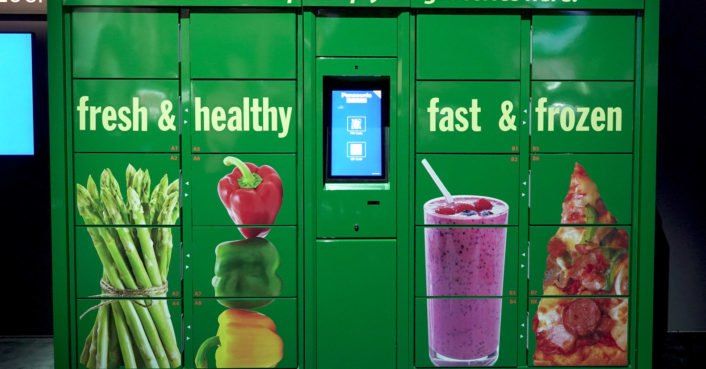

Check out the SPACe_C eMart, the ice cream truck-style food delivery service of the future that offers fresh food and educates consumers on farm-to-table eating.
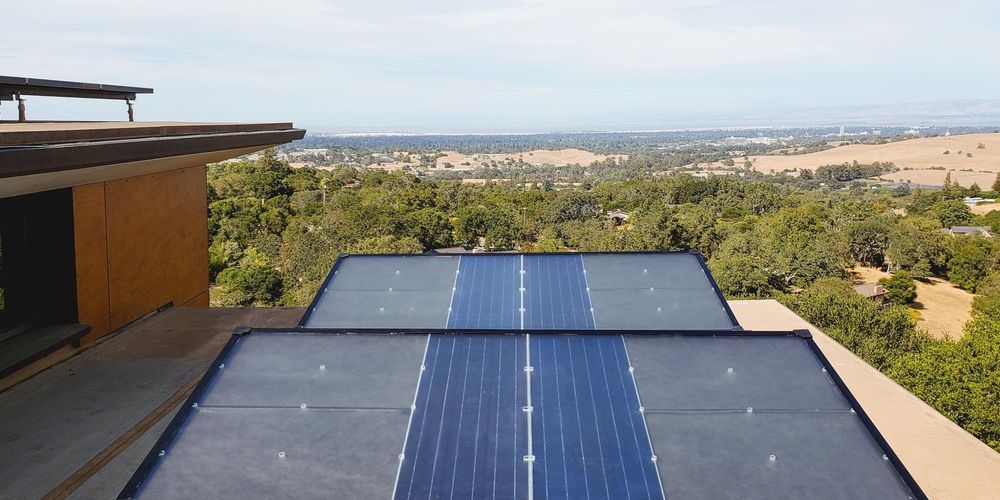
Zero Mass Water produces solar panels that pull water out of the air, filter it, and deliver it to your home faucet.
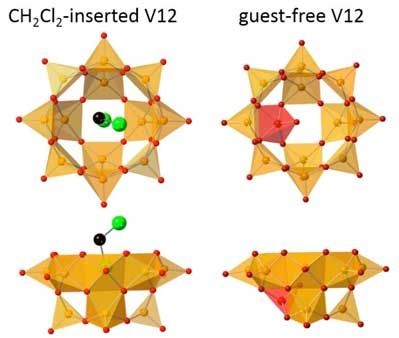
How do you separate carbon dioxide from carbon monoxide? One way, showcased by a new study from Kanazawa University, is to use a bowl of vanadium. More precisely, a hollow, spherical cluster of vanadate molecules can discriminate between CO and CO 2, allowing potential uses in CO 2 storage and capture.
At the molecular scale, small objects can fit inside larger ones, just like in the everyday world. The resulting arrangements, known as host-guest interactions, are stabilized by non-covalent forces like electrostatics and hydrogen bonds. Each host will happily take in certain molecules, while shutting out others, depending on the size of its entrance and how much interior space it can offer the guest.
Anion structures of CH 2 Cl 2 (guest)-inserted V12 (left) and guest-free V12 are shown. Orange and red square pyramids represent VO 5 units with their bases directed to the center of the bowl, and the inverted VO 5 unit. Green and black spheres represent Cl and C, respectively. Hydrogen atoms of CH 2 Cl 2 are omitted for clarity. (Image: Kanazawa University)

Over seven decades ago in 1941, Isaac Asimov wrote a short story, “Reason” (PDF), in which energy captured from the sun was transmitted via microwave beams to nearby planets from a space station. Flash forward to today, scientists are looking to make that very science fiction dream a reality for Earth.
There has been tremendous research on space-based solar power (SBSP) or space solar power (SSP) since the mid 20th century. Here is a great timeline of the various international studies and projects related to SBSP.
With SBSP, we could solve our energy and greenhouse gas emission problems with little environmental impact. Professor Sergio Pellegrino of CalTech recently said an SBSP system would receive eight times more energy than Earth does. With SBSP’s continuous massive energy output capability and the fact that our sun is slated to exist for another 10 billion years, we can safely assume we will not run out of this energy source anytime soon.
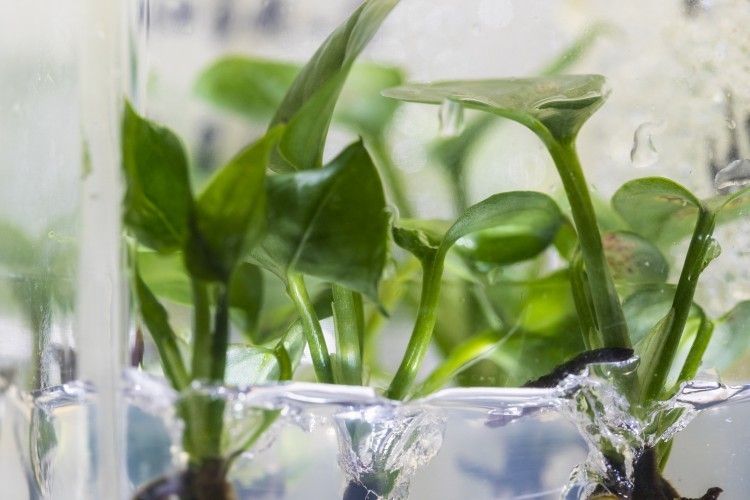
Scientists at the University of Washington (UW) may have found an unexpected way to tackle persistent indoor air pollution: a common houseplant modified with rabbit DNA.
Researchers wanted to find a way to remove the toxic compounds chloroform and benzene from the home, a UW press release explained. Chloroform enters the air through chlorinated water and benzene comes from gasoline and enters the home through showers, the boiling of hot water and fumes from cars or other vehicles stored in garages attached to the home. Both have been linked to cancer, but not much has been done to try and remove them. Until now.
“People haven’t really been talking about these hazardous organic compounds in homes, and I think that’s because we couldn’t do anything about them,” senior study author and UW civil and environmental engineering department research professor Stuart Strand said in the release. “Now we’ve engineered houseplants to remove these pollutants for us.”
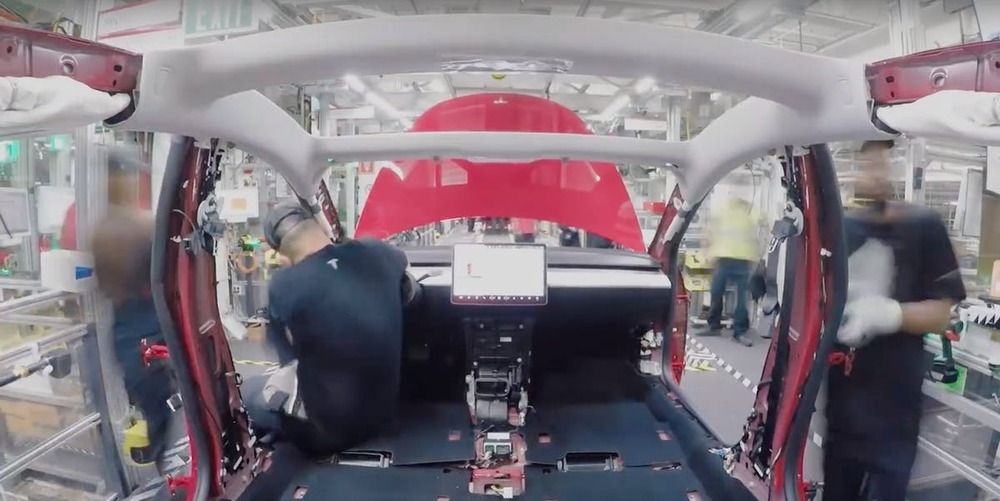
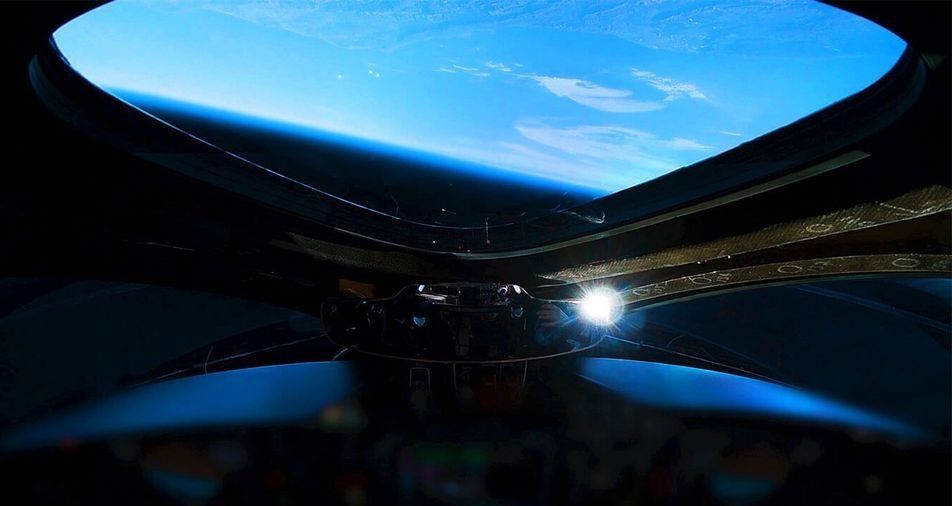
But in the grander context of human history, 2018 was an extraordinarily positive year. In fact, every year has been getting progressively better.
Before we dive into some of the highlights of human progress from 2018, let’s make one thing clear. There is no doubt that there are many overwhelming global challenges facing our species. From climate change to growing wealth inequality, we are far from living in a utopia.
Yet it’s important to recognize that both our news outlets and audiences have been disproportionately fixated on negative news. This emphasis on bad news is detrimental to our sense of empowerment as a species.
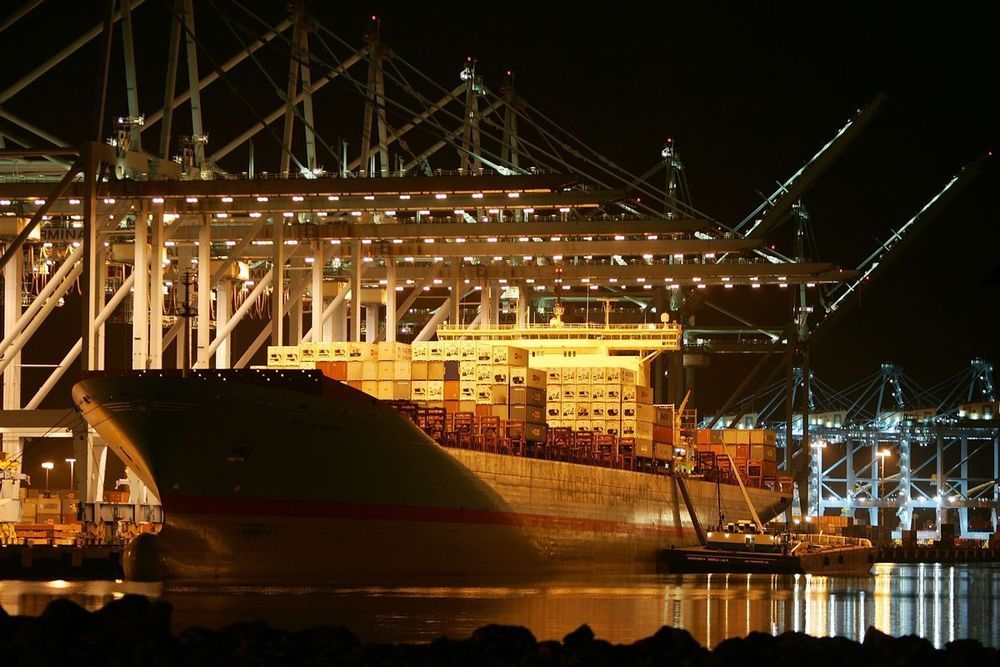
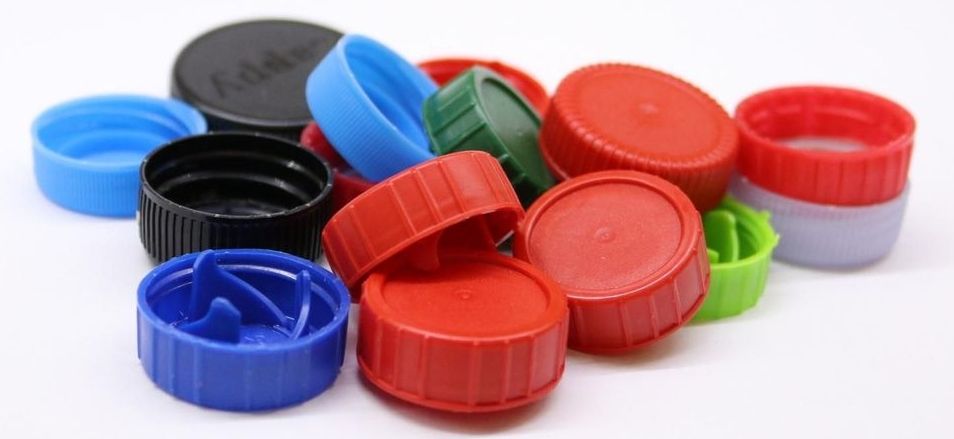
A new Tel Aviv University study describes a process to make bioplastic polymers that don’t require land or fresh water—resources that are scarce in much of the world. The polymer is derived from microorganisms that feed on seaweed. It is biodegradable, produces zero toxic waste and recycles into organic waste.
The invention was the fruit of a multidisciplinary collaboration between Dr. Alexander Golberg of TAU’s Porter School of Environmental and Earth Sciences and Prof. Michael Gozin of TAU’s School of Chemistry. Their research was recently published in the journal Bioresource Technology.
According to the United Nations, plastic accounts for up to 90 percent of all the pollutants in our oceans, yet there are few comparable, environmentally friendly alternatives to the material.
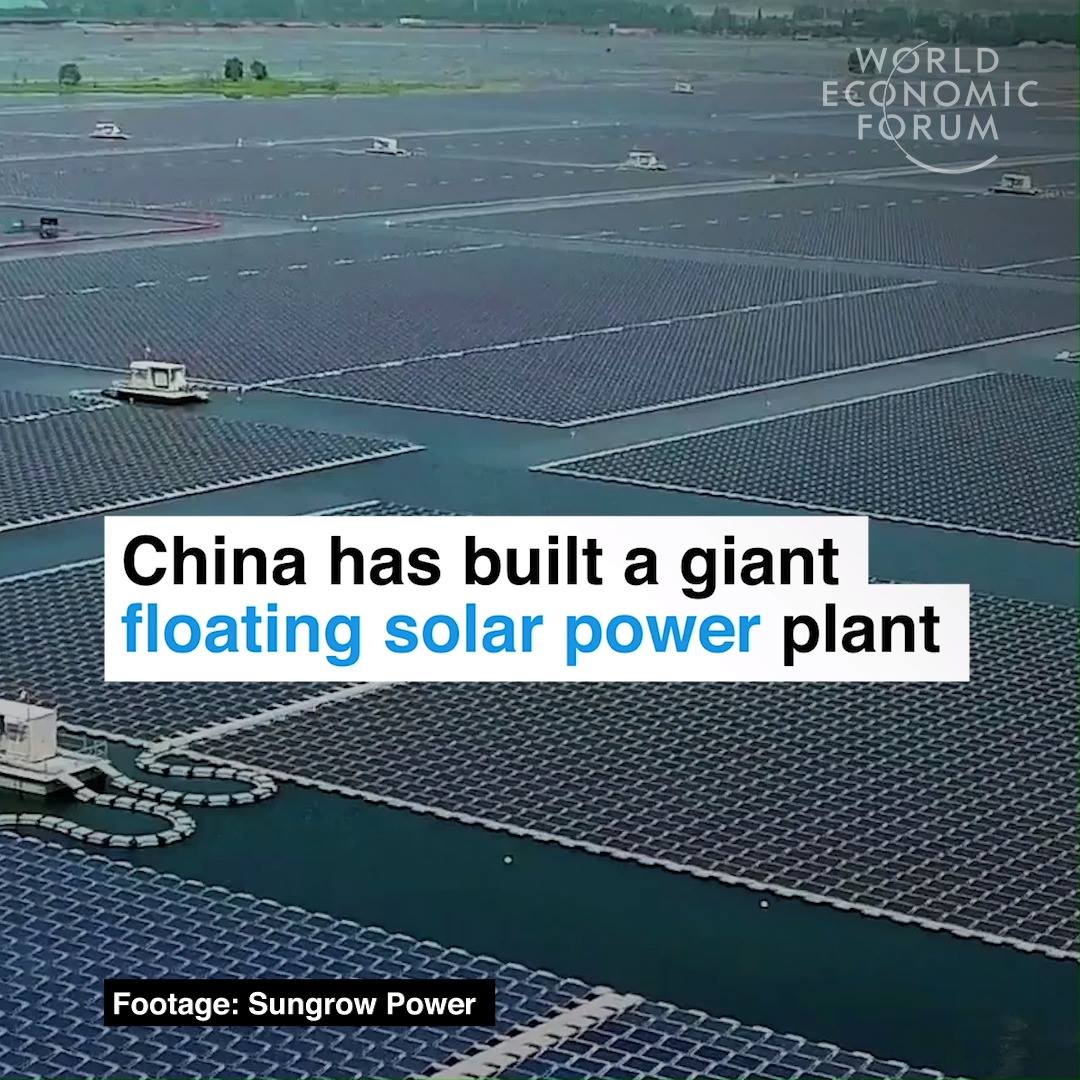
We can barely believe our eyes – this solar power plant floats in a man-made lake… over what was once a filthy coal mine. (via World Economic Forum)